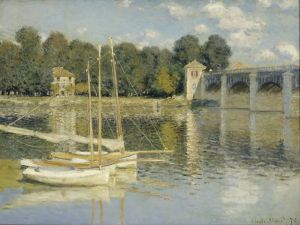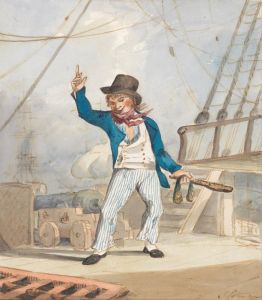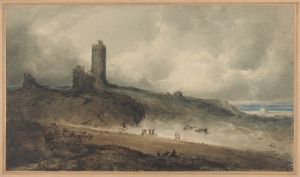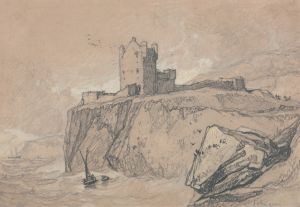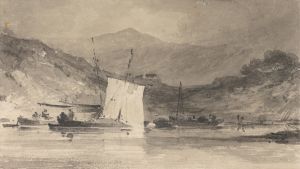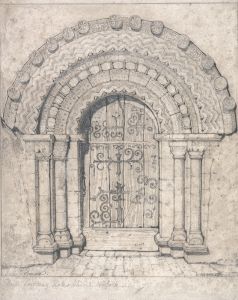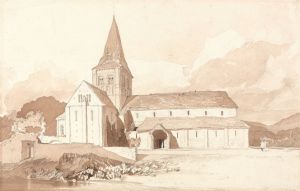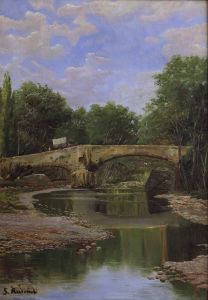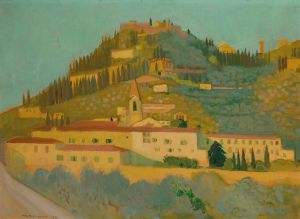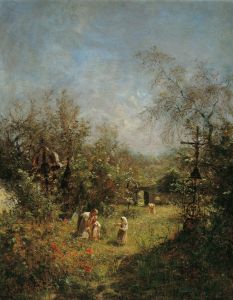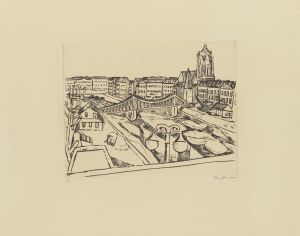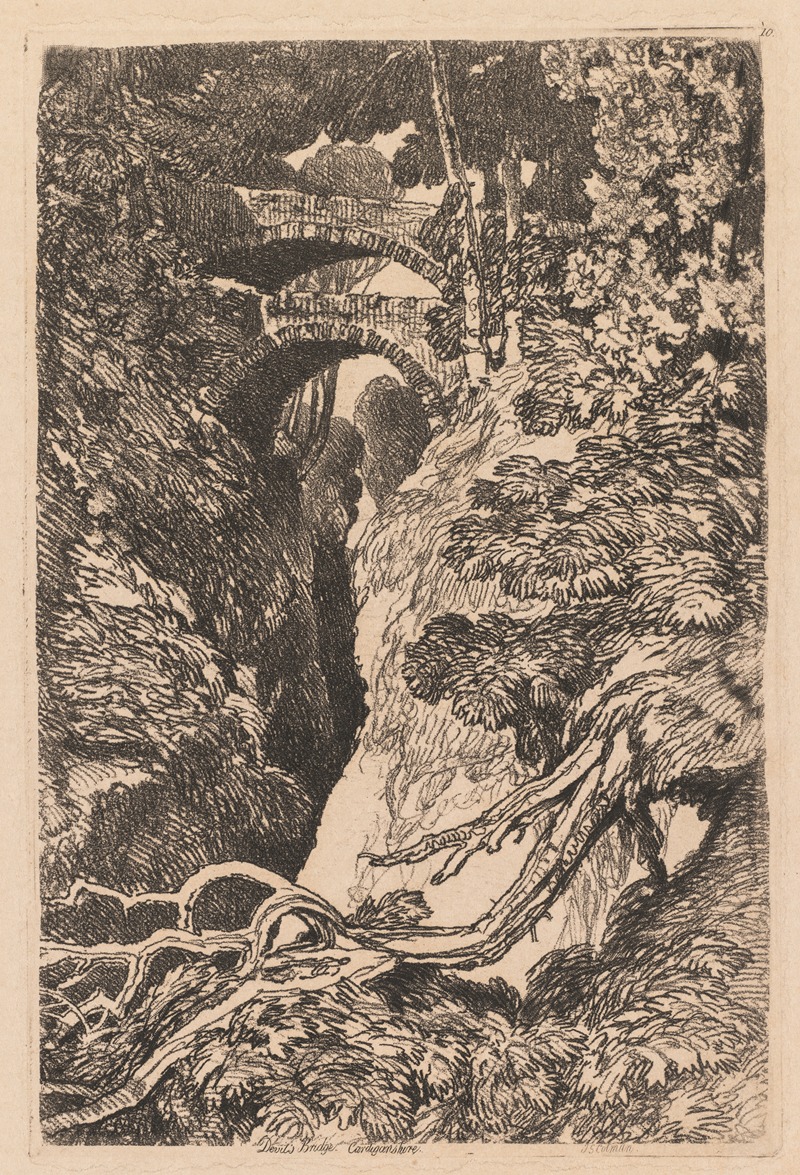
Devil’s Bridge, Cardiganshire
A hand-painted replica of John Sell Cotman’s masterpiece Devil’s Bridge, Cardiganshire, meticulously crafted by professional artists to capture the true essence of the original. Each piece is created with museum-quality canvas and rare mineral pigments, carefully painted by experienced artists with delicate brushstrokes and rich, layered colors to perfectly recreate the texture of the original artwork. Unlike machine-printed reproductions, this hand-painted version brings the painting to life, infused with the artist’s emotions and skill in every stroke. Whether for personal collection or home decoration, it instantly elevates the artistic atmosphere of any space.
"Devil’s Bridge, Cardiganshire" is a watercolor painting by the renowned English artist John Sell Cotman, who was a prominent figure in the Norwich School of painters. Cotman, born in 1782, was known for his landscape paintings and architectural studies, and he became one of the leading figures in the development of English watercolor painting during the early 19th century.
The painting depicts the famous Devil’s Bridge located in Cardiganshire, Wales, known today as Ceredigion. This bridge is a significant historical and architectural landmark, consisting of three separate bridges built one on top of the other. The original bridge is believed to have been constructed in the medieval period, around the 11th century, and subsequent bridges were added in the 18th and 19th centuries. The site is steeped in local folklore, with legends suggesting that the original bridge was built by the Devil, who was outwitted by an old woman.
Cotman’s depiction of Devil’s Bridge captures the dramatic and picturesque nature of the Welsh landscape. His use of watercolor allows for a delicate rendering of the natural surroundings, highlighting the lush greenery and the rugged terrain that characterizes the area. The painting is noted for its attention to detail and the subtle interplay of light and shadow, which are hallmarks of Cotman’s style.
John Sell Cotman was part of the Norwich School, a group of artists who were active in the early 19th century and were based in Norwich, England. This group is recognized for its contribution to landscape painting, emphasizing natural beauty and often focusing on the British countryside. Cotman’s work, including "Devil’s Bridge, Cardiganshire," exemplifies the school’s approach, combining a keen observation of nature with a refined artistic technique.
Throughout his career, Cotman traveled extensively, drawing inspiration from various locations across Britain. His visit to Wales, where he painted Devil’s Bridge, was part of his broader exploration of the British Isles, seeking out picturesque and historically significant sites. This painting is one of many works where Cotman captures the essence of a location, blending topographical accuracy with artistic expression.
"Devil’s Bridge, Cardiganshire" is held in high regard for its artistic merit and its representation of Cotman’s skill as a watercolorist. His ability to convey the atmosphere and mood of a scene through his use of color and composition is evident in this work. The painting remains an important example of early 19th-century British landscape art and continues to be appreciated by art historians and enthusiasts alike.
Cotman’s legacy as an artist is marked by his influence on subsequent generations of painters, particularly in the realm of watercolor. His works are housed in numerous public and private collections, and "Devil’s Bridge, Cardiganshire" is a testament to his enduring contribution to the field of landscape painting.






